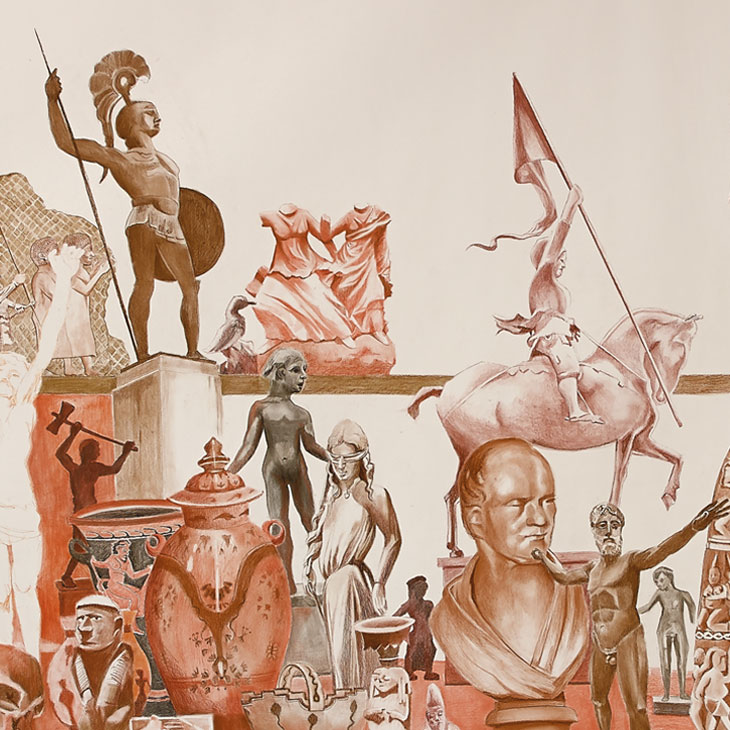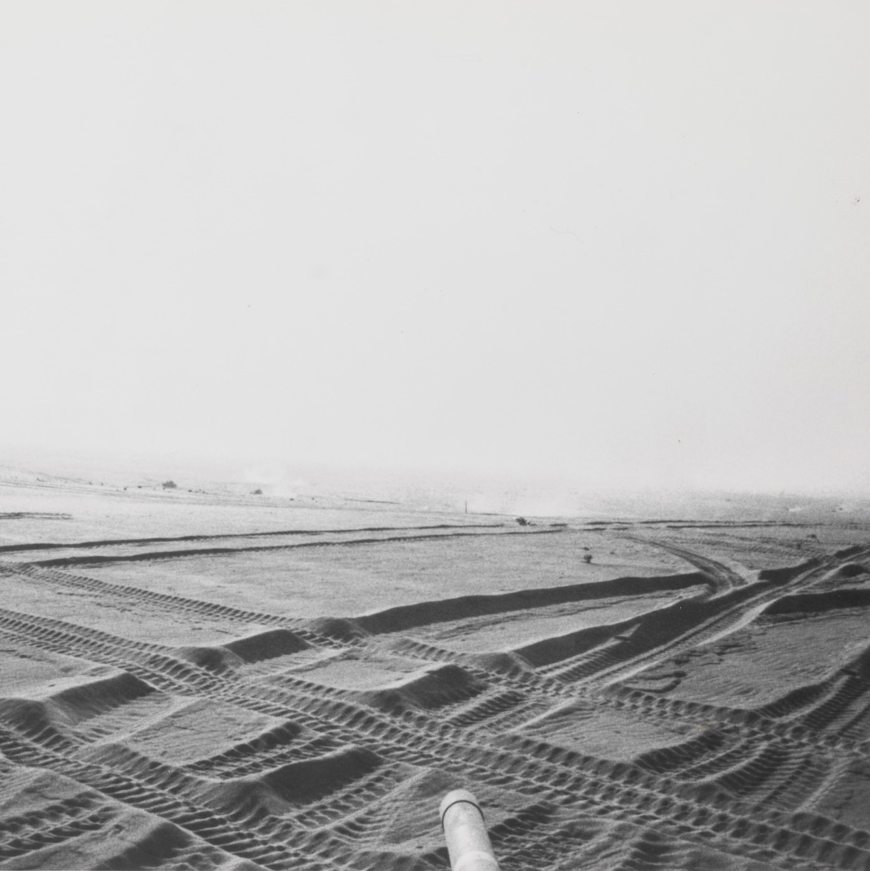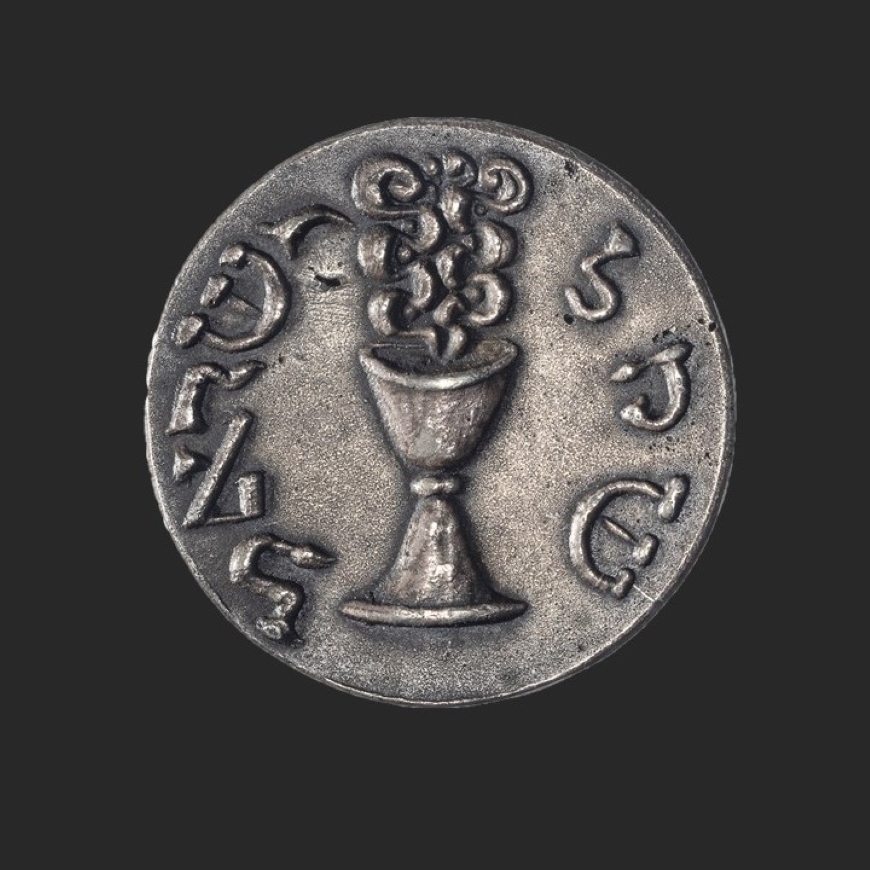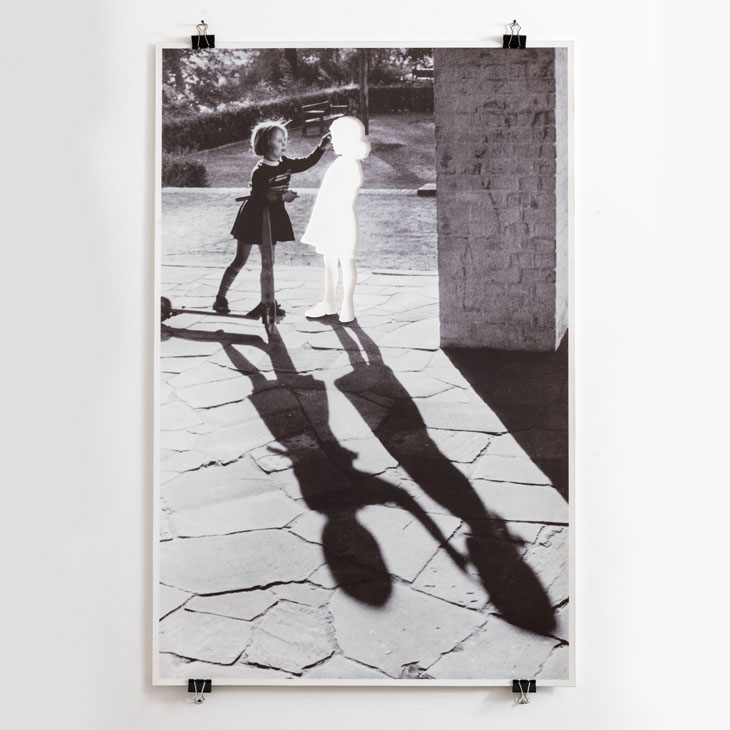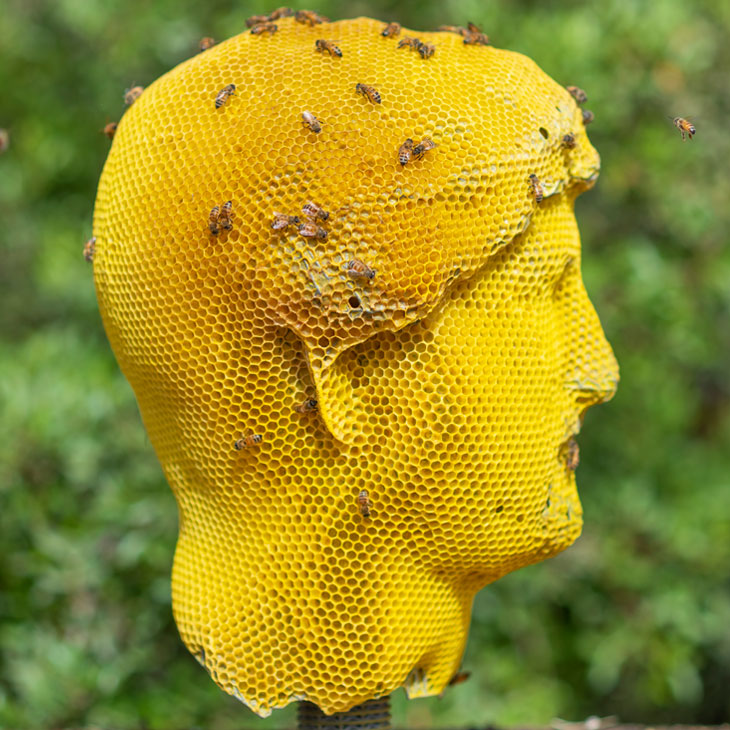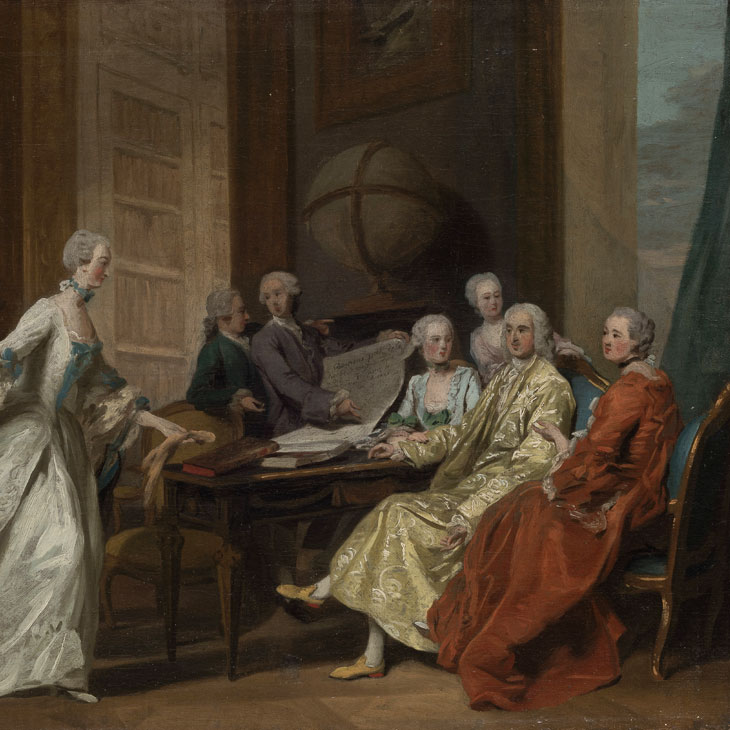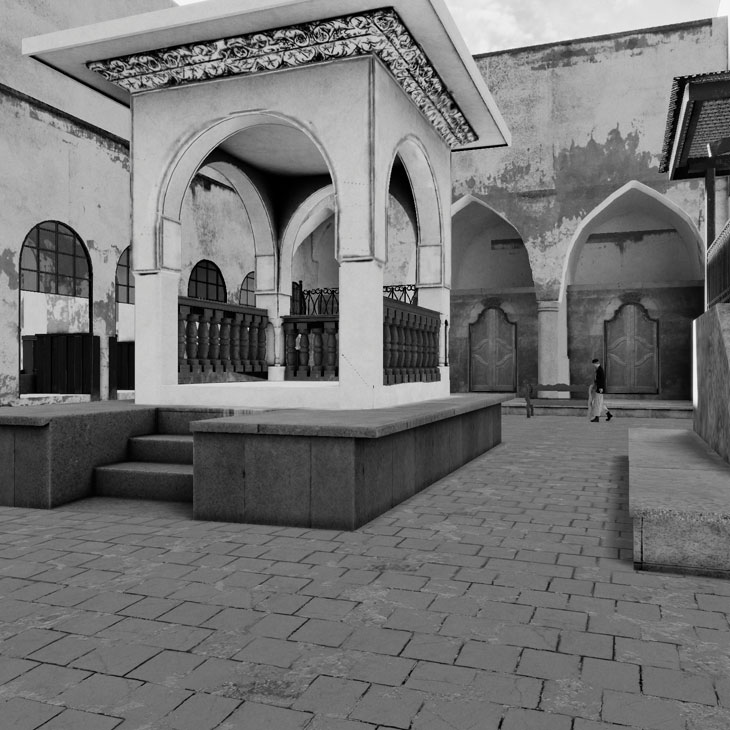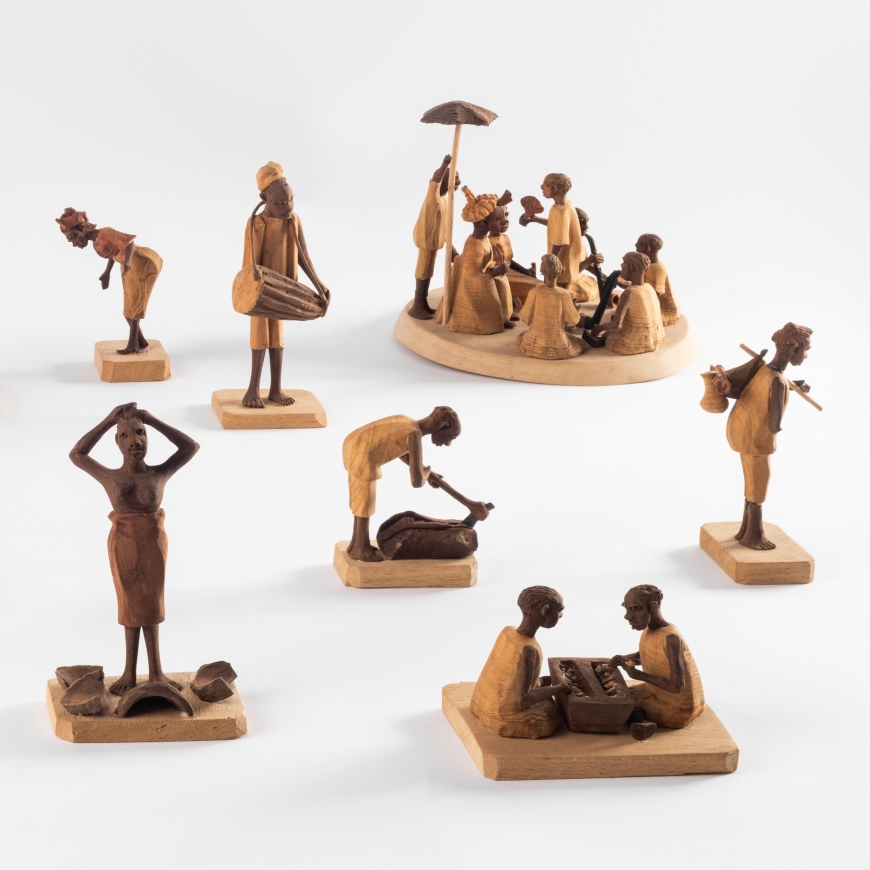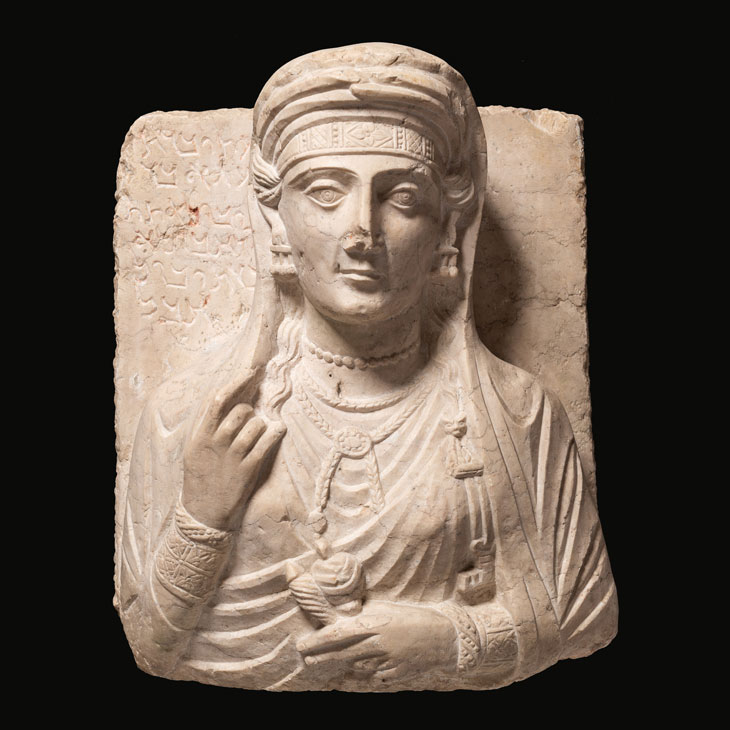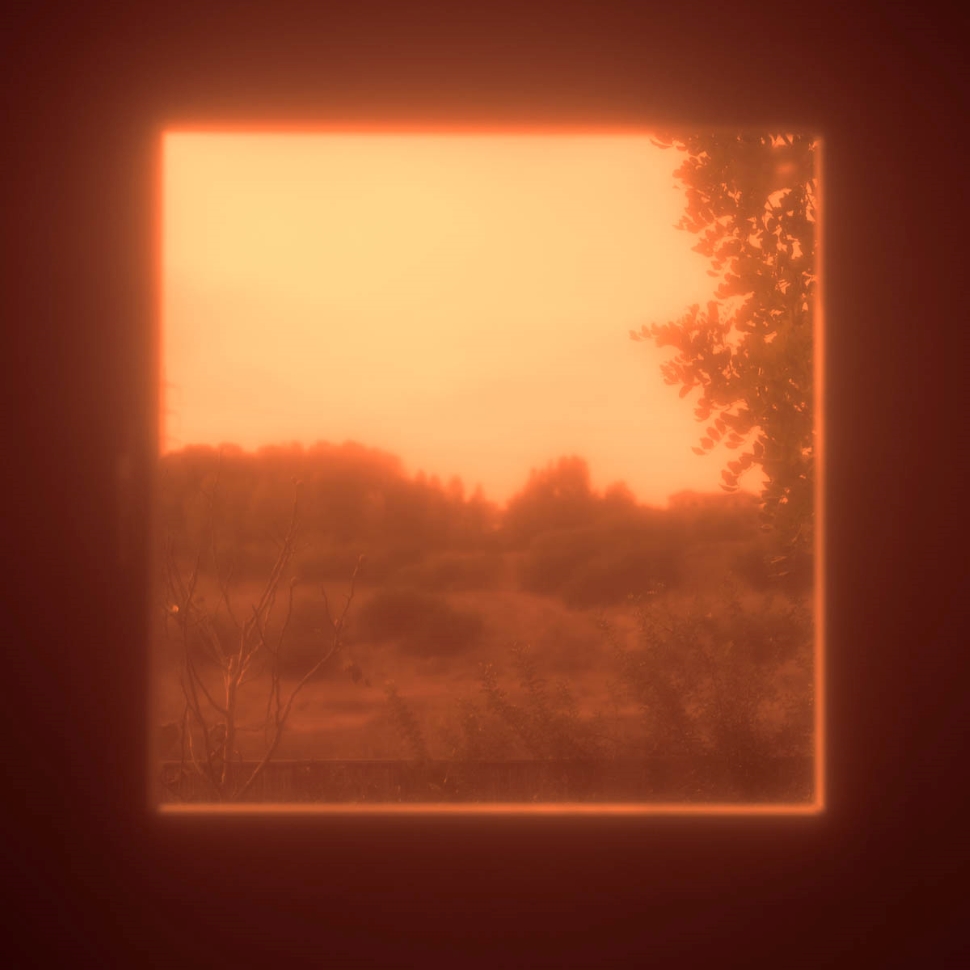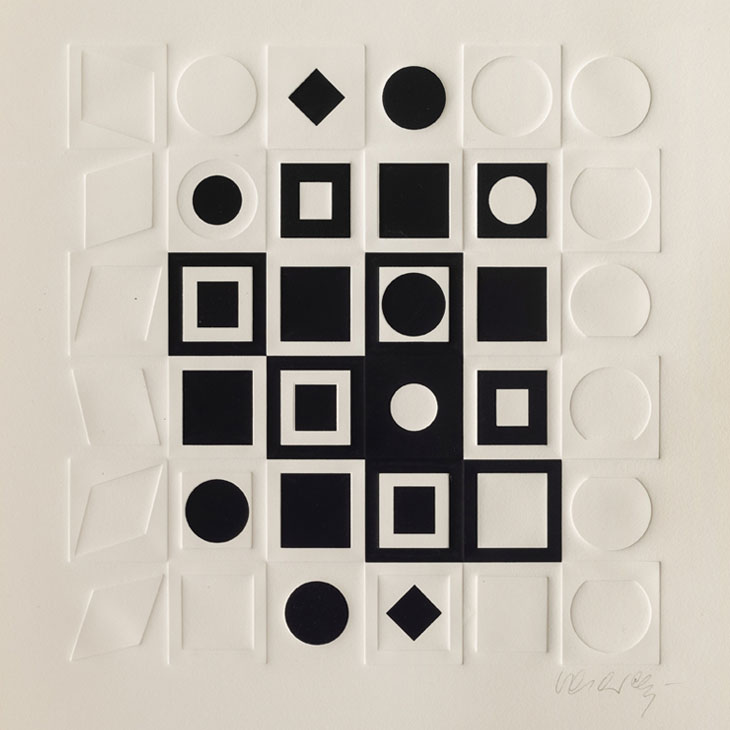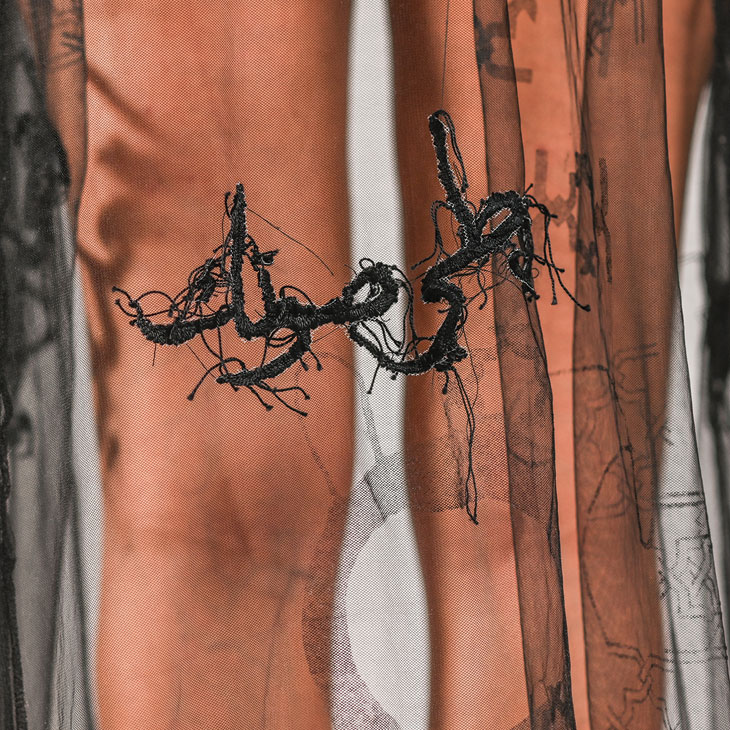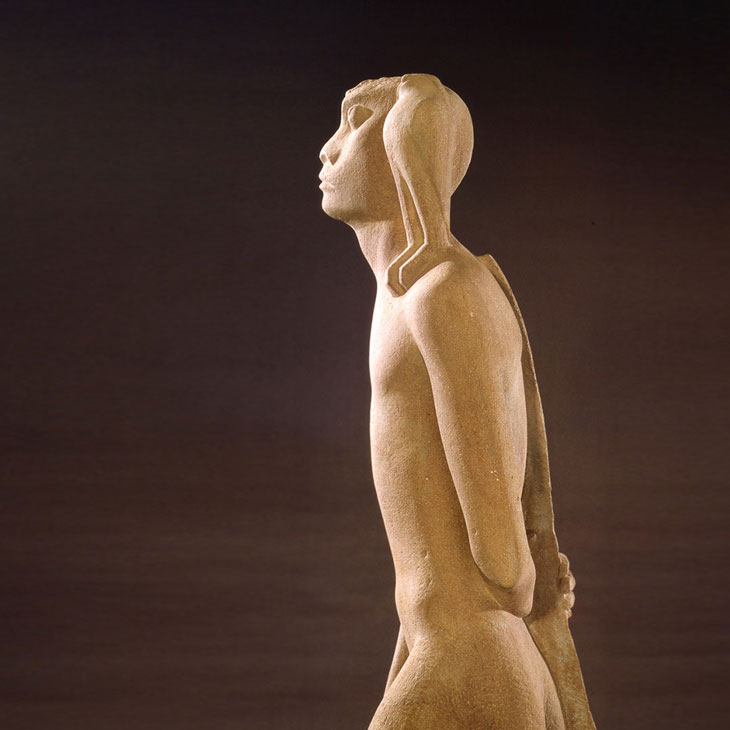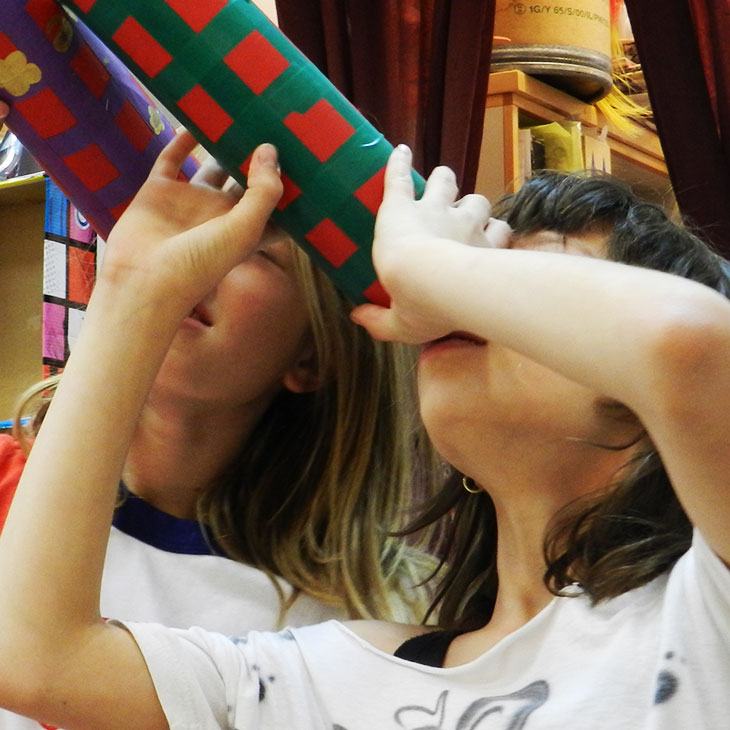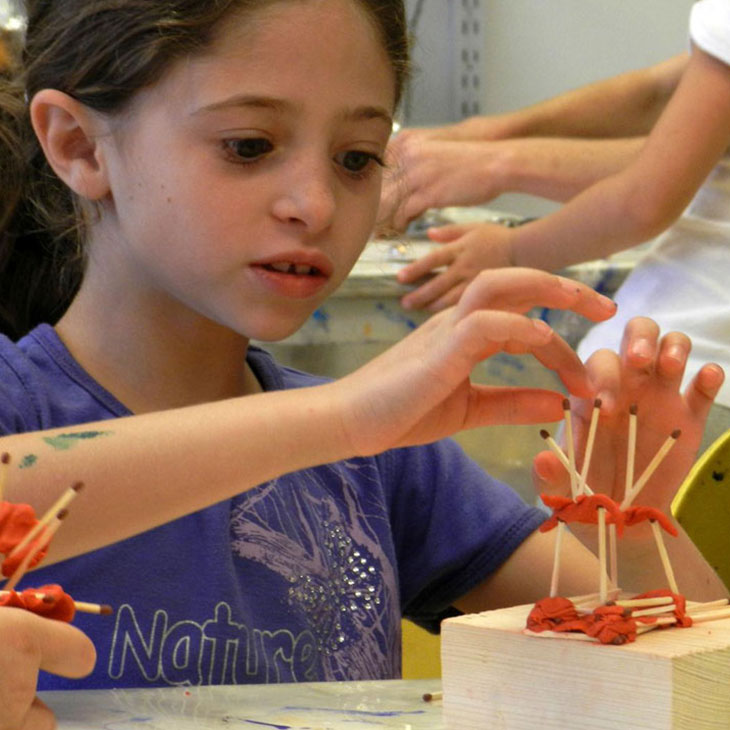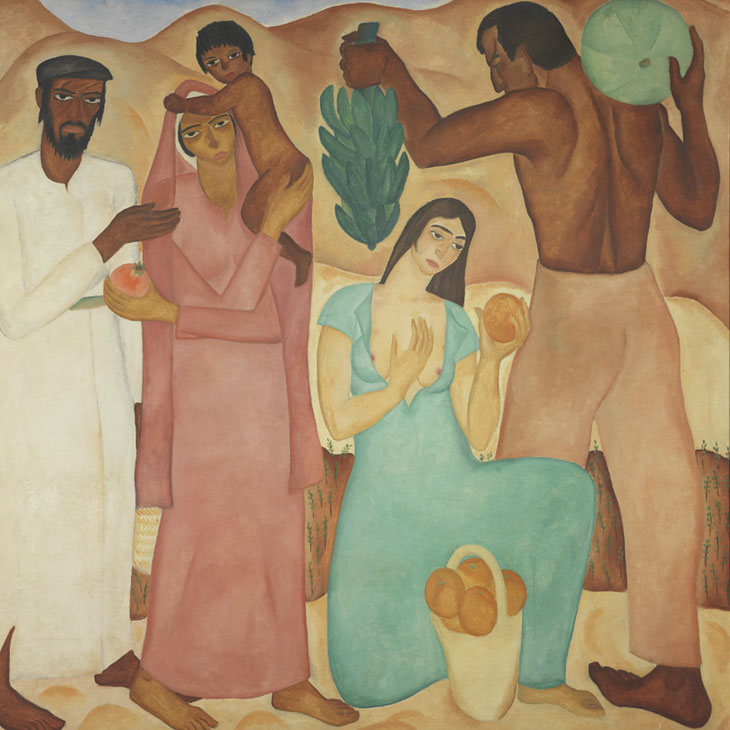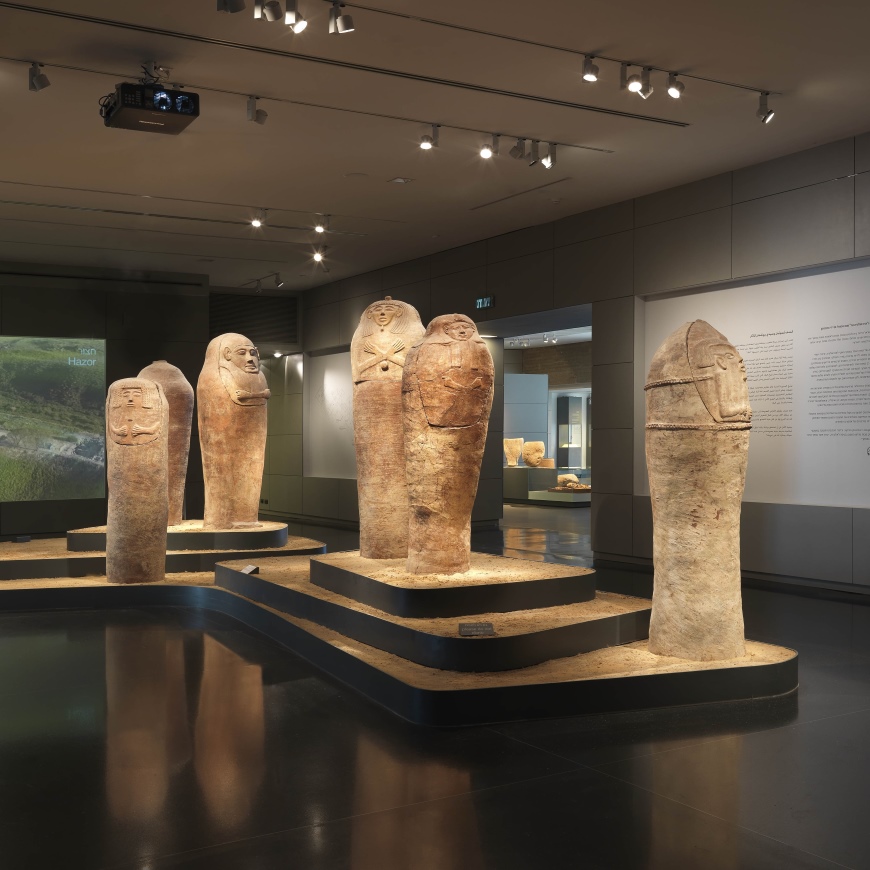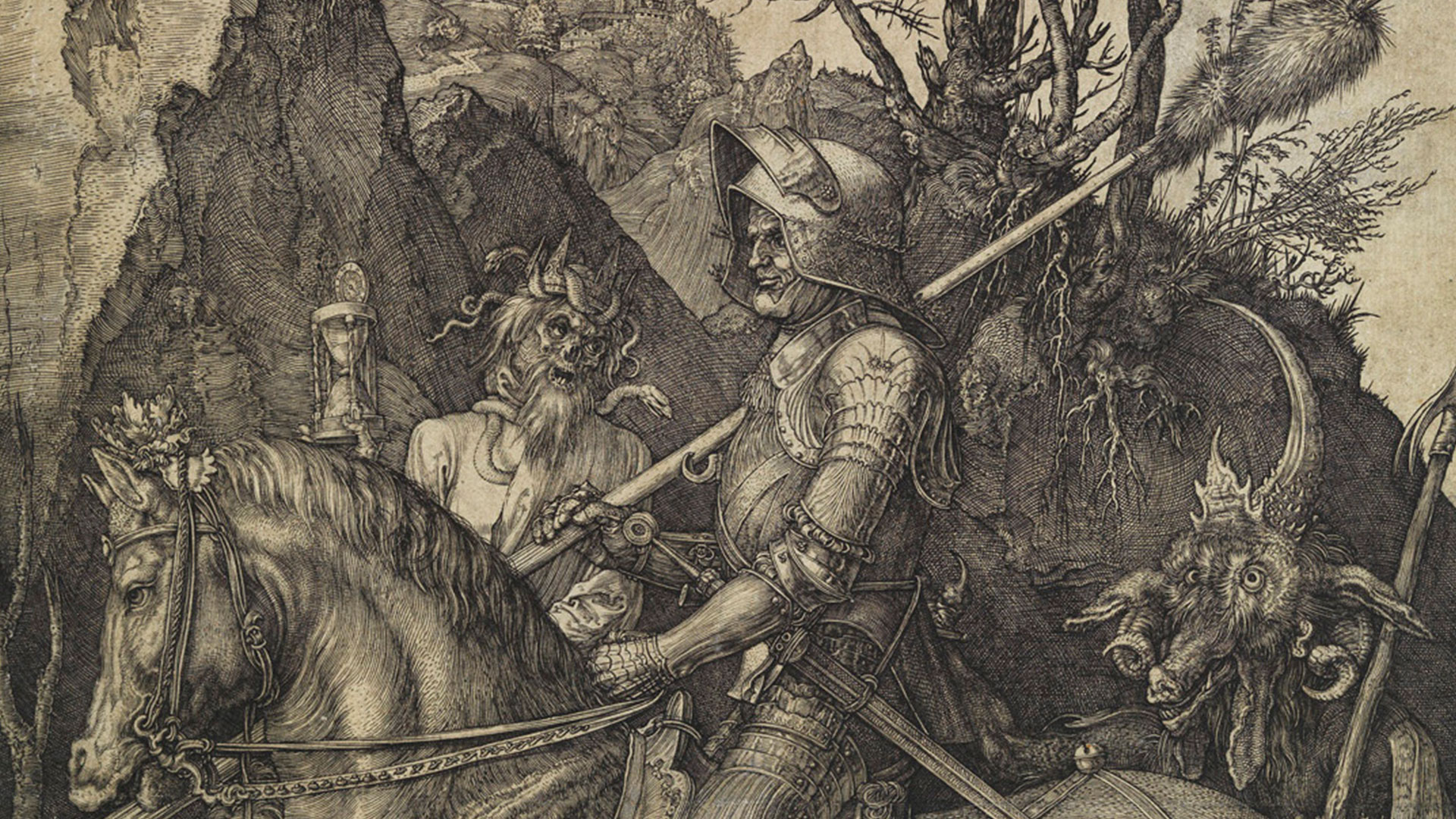
Durer and Friends
German Renaissance Prints
-
October 22 2015 - January 30 2016
Curator: Tanya Sirakovich
-
-
Albrecht Dürer
Prints by Albrecht Dürer (Nuremberg, 1471–1528), ranging from early to mature works, are the focus of this exhibition. The artist’s brilliant originality, consummate technique, and intellectual scope made him one of the most influential artists of the German Renaissance. During his travels in Italy, Dürer was deeply affected by Italian Renaissance aesthetics. Upon his return home he introduced humanist ideals and classical motifs – as well as linear perspective, the study of proportion, and absolute beauty – to the Northern European audience. The artist’s interest in the ideal human figure is exemplified in his engraving Adam and Eve.
Dürer was probably the first artist to realize fully the potential of printmaking, expanding its possibilities and producing outstanding prints that became one of his hallmarks. Among his most innovative and influential works were woodcuts and engravings: Dürer was a master of both. While woodcuts were very popular in Germany, engraving was relatively rare; Dürer’s mastery of the technique raised it to its zenith. In the purely black-and-white medium of prints, he used an extensive repertoire of lines, crosshatching, flecks, and dots to suggest tone, texture, and detail in all their astonishing variety.
The artist achieved international fame with the publication of The Apocalypse in 1498: such virtuosity in the execution of woodcuts had never been seen before. His three most important engravings, produced in the years 1513–14 –Knight, Death, and the Devil; St. Jerome in His Study; and Melencolia I which are also presented in the exhibition, are considered the crowning glory of his work. The Dürer prints in the Israel Museum’s collection represent the artist’s inventive approach to subject matter – from his detailed renderings of the natural world and investigation of proportion to his use of religious, mythological, and allegorical themes – providing insight into artistic development and creative genius.
Albrecht Dürer’s innovative approach to printmaking inspired an entire generation of artists working during the first half of the sixteenth century in Nuremberg and beyond. Dürer, together with Lucas Cranach the Elder, was responsible for raising the German woodcut to the highest level of artistic expression. He most immediately influenced his pupils in Nuremberg: Hans Baldung, called Grien, Georg Pencz, and the brothers Hans Sebald Beham and Barthel Beham. Pencz and the Beham brothers, along with Heinrich Aldegrever and Albrecht Altdorfer, are known as the Little Masters (Kleinmeister). These artists specialized in small, highly detailed engravings. One of the centers of European trade, Nuremberg
had long been the heart of the book industry. The city offered fertile ground for printmaking on the eve of the Protestant Reformation and in an age of humanism permeated with the spirit of classical antiquity.
Italian Renaissance sources, including mythology and the treatment of the nude body, as well as perspective and the dramatic chiaroscuro effects of light and shade, attracted these artists and also appealed to the educated elite. Hans Sebald Beham’s series “The Wedding Procession” and “The Country Wedding,” early explorations of the secular genre, show scenes of everyday peasant life. In Death and the Sleeping Woman, he presents a common Northern European motif: the terrifying image of Death personified. Baldung’s The Fall of Man projects an erotic atmosphere, while the witch and horses in The Bewitched Groom and Group of Seven Wild Horses symbolize the wild, irrepressible desires that contrast with reason and Christian ethics.
At a time when the religious revolution inaugurated by the Reformation generated questions about iconography, the exploration of new subject matter and the possibilities of graphic media guaranteed success in an open print market that no longer provided stable income from patrons. This open market encouraged artists to explore new forms, among them tiny engravings that appealed to both private collectors and the larger public.
All the works in the exhibition are from the Israel Museum collection.
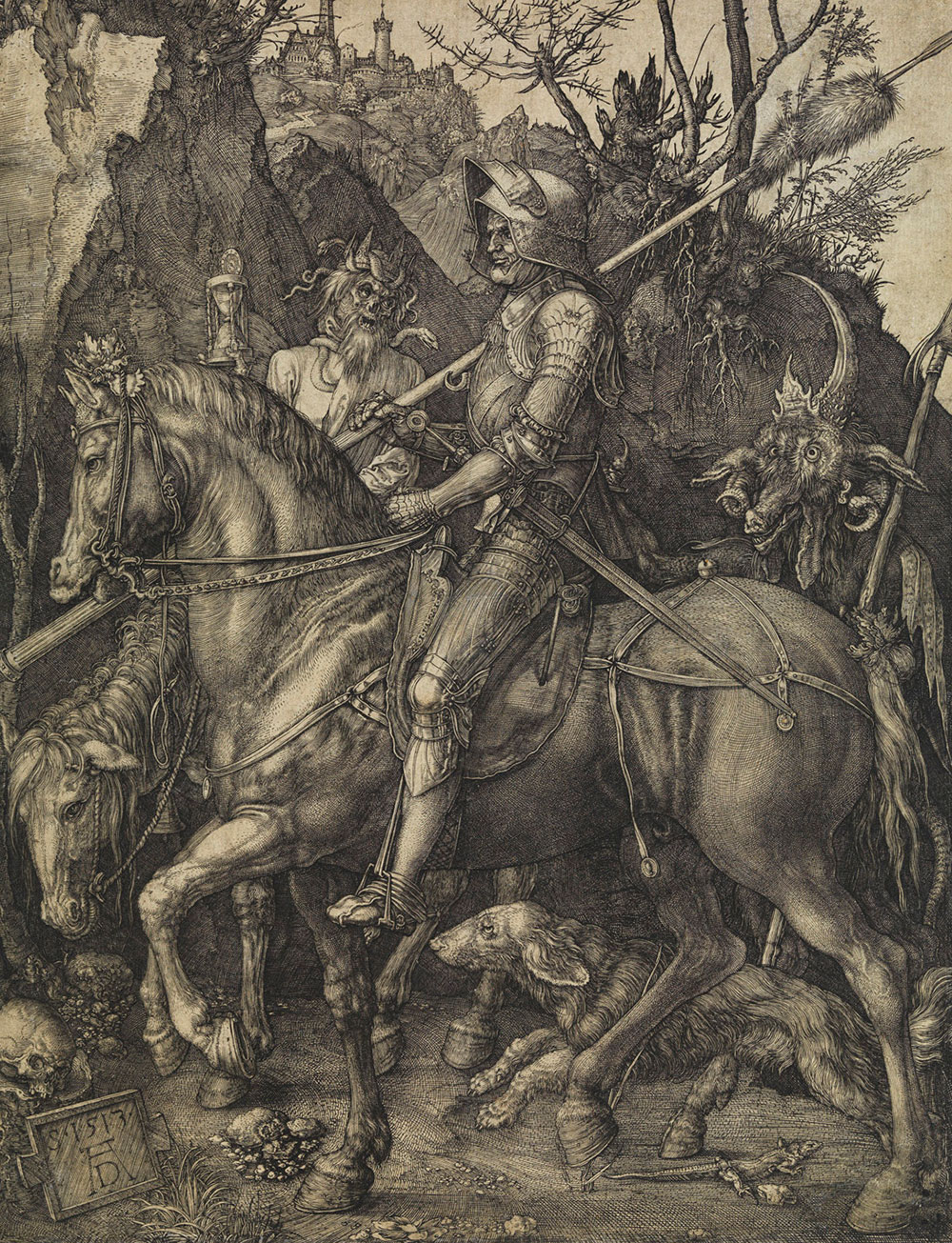
Albrecht Dürer Knight, Death, and the Devil Engraving, 1513
The Vera and Arturo Schwarz Collection of Dada and Surrealist Art in the Israel Museum

Albrecht Dürer Adam and Eve Engraving, 1504
The Vera and Arturo Schwarz Collection of Dada and Surrealist Art in the Israel Museum

Albrecht Dürer St. Jerome in His Study Engraving, 1514
The Vera and Arturo Schwarz Collection of Dada and Surrealist Art in the Israel Museum
- Apr 19Apr 20Apr 27May 03May 04May 07May 10May 11May 17May 18May 21May 24May 25May 28May 31
- Apr 24Apr 25Apr 26
- Apr 01Apr 08Apr 15Apr 29
- Apr 02Apr 02Apr 02Apr 09Apr 09Apr 09Apr 16Apr 16Apr 16Apr 30Apr 30Apr 30
- Apr 02Apr 09Apr 16Apr 30
- Apr 16Apr 18Apr 30May 02May 09May 16May 23May 30
- Apr 18May 02May 06May 09May 16May 20May 23May 27May 30


